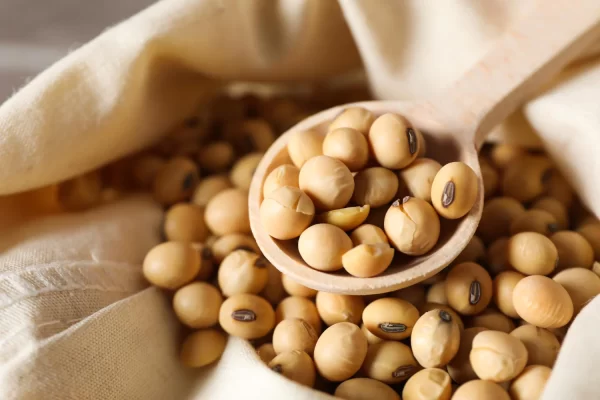
It went to the world through the Silk Road and was a major contribution to world food. In “Historical Records” written by Sima Qian of the Han Dynasty, it was recorded that the five most important crops at that time were “millet, millet, rice, beans, wheat and rice”, and “shu” was soybeans.
Soy protein is a plant-based protein. The amino acid composition of soybean protein is similar to that of milk protein. Except for slightly lower methionine, the content of other essential amino acids is relatively rich. It is a complete plant protein. In terms of nutritional value, it can be equal to animal protein. It is also closest to the human body in terms of genetic structure. Amino acids, so it is the most nutritious plant protein.
In terms of nutritional value, the food that modern people need should be able to arouse appetite, have no adverse side effects, and be rich in nutrients. Among the existing food groups, the only crop that meets the above conditions and has rich sources of raw materials is soybeans. Drinks made from soy protein are hailed as “green milk” by nutritionists. Compared with the same amount of pork, soybeans have 1 times more protein, 33 times more calcium, and 26 times more iron. This is truly a well-deserved “plant meat”.
Soy protein has a significant lowering effect on people with high cholesterol. The arginine content in soybean protein is higher than that in milk, and the ratio of arginine to lysine is also more reasonable. It is extremely rich in lipids and linoleic acid and does not contain cholesterol, which can prevent cardiovascular diseases in adulthood. Rich in lecithin, it can remove excess sterols from the blood and is known as the “vascular scavenger”. Soy protein drinks are easier to digest and absorb than milk. Milk tends to form large and hard lumps after entering the stomach, while soy milk forms small flakes after entering the stomach, and is soft but not hard, making it easier to digest and absorb.
We often see two different terms “soy protein” and “soy protein isolate” appearing in food ingredients. So what is the difference between them?
01
Soybean Separate Protein is a dry powdered food ingredient separated from soybeans through chemical or biological processes. It has a very high protein content, usually over 90%, and contains a complete amino acid profile, including all essential amino acids. The absorption efficiency of soy protein isolate can reach 100% because it removes unnecessary components and unhealthy factors in soybeans, such as fat, fiber and other impurities.
02
Soy protein refers to the protein contained in soy products, and its protein content accounts for more than 38% of the total soy protein. Soy protein is a plant-based protein with an amino acid composition similar to that of milk protein, but with a lower methionine content. Soy protein is rich in isoflavones, which are physiologically active substances that have cholesterol-lowering effects.
03
Compared with soy protein, soy protein isolate not only has a higher protein content, but also has a 100% absorption efficiency. Additionally, soy protein isolate generally tastes better and contains very little or negligible isoflavones.
